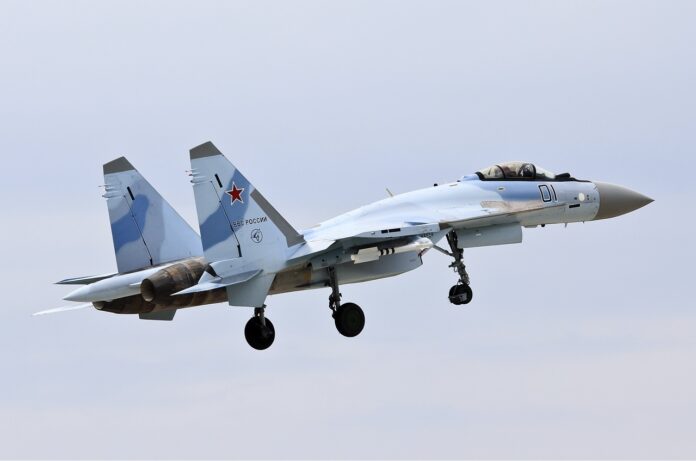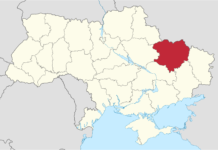Yesterday, Ukraine’s air defense forces achieved a substantial military success by shooting down two advanced Russian fighter jets, escalating the aerial dimension of the conflict. The downed aircraft were identified as a Sukhoi Su-34 and a Su-35S, both representing key components of Russia’s air assault capabilities. The loss of these jets adds to a series of setbacks for Russian aviation, with a reported total of over 330 planes lost since the conflict’s escalation in February 2022.
The Su-34, known for its ability to carry out precision strikes and costing around $50 million each, and the heavily armed Su-35S, with a payload exceeding 17,000 pounds, have been central to Russia’s air operations. The destruction of these aircraft not only represents a tactical victory for Ukraine but also exposes the challenges faced by Russian air forces in achieving air superiority, which has been contested fiercely by Ukrainian air defense and air forces.
These events unfold as Ukraine continues to push back against a numerically superior Russian air force. Despite the disparity in numbers and the modernity of aircraft, Ukraine’s strategic use of air defense systems has significantly curtailed the operational freedom of Russian fighter jets. This dynamic engagement has kept Russian planes largely within their own airspace, limiting their ability to conduct unrestricted operations over Ukrainian territory.
Notably, the downing of the jets followed the destruction of a Beriev A-50 military observation plane in January, a platform that reportedly cost $330 million to produce. Additionally, on February 17, Ukraine’s air force reported the downing of three more Russian fighter jets, two Su-34s, and a Su-35. These incidents have prompted an apparent shift in Russia’s air force tactics, reportedly leading to a reduction in the number of flight missions, as analyzed by the Institute for the Study of War in December 2023.
The latest air engagements took place on the Eastern front, where Ukrainian forces remain engaged in heavy combat against invading forces. Ukrainian military leadership has lauded these achievements, emphasizing their resolve to defend the sovereignty of their skies and land. They have also made it clear that they will continue to target enemy aircraft that pose a threat to their forces and civilian areas.
The international community continues to watch the conflict closely, with Ukraine’s allies providing critical support in the form of military aid, including advanced air defense systems. The ongoing dialogue on further aid, particularly the potential supply of F-16 fighter jets by the United States, could further alter the aerial balance in the conflict.
As the war enters its next phase, the downing of these jets not only carries operational impact but also serves as a symbolic gesture of Ukraine’s resilience and adaptability in the face of a technologically advanced adversary. The Ukrainian armed forces’ ability to hold their own in the sky is likely to have strategic implications for the overall trajectory of the conflict.
Image is licensed under the terms of the GNU Free Documentation License and was created by Aleksandr Medvedev.










